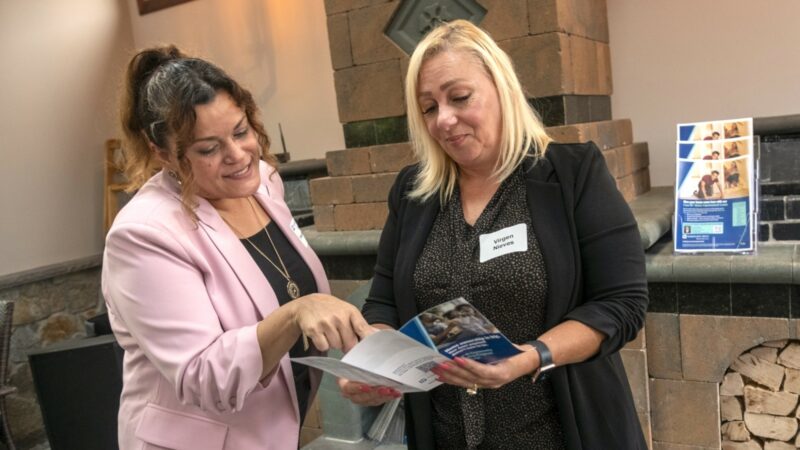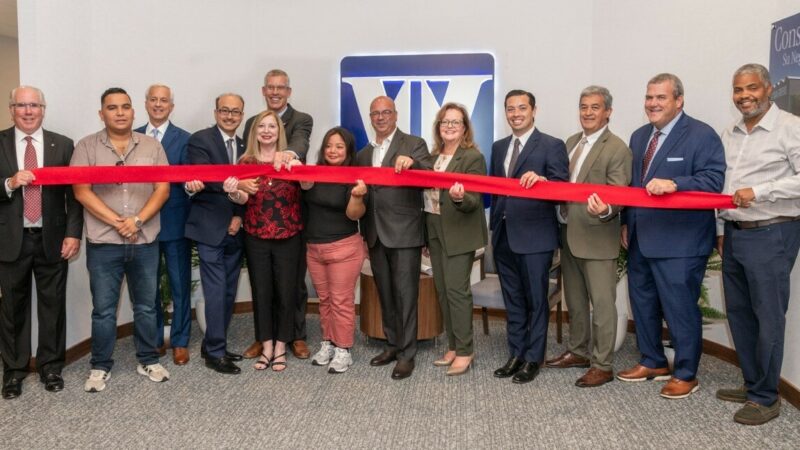1031 Exchanges: 6 Steps to Grow Your Tax-Deferred Portfolio

By Julia Anne Slom
Executive Vice President and Chief Commercial Real Estate Lending Officer
Mastering the art of the 1031 exchange creates a powerful tool in your arsenal to reap the rewards of a real estate sale while deferring capital gains. These six steps will help you navigate the complexities and intricacies of 1031 transactions – and avoid the most common missteps.
Step 1: Understand the Basics
A 1031 exchange, also known as a tax-deferred exchange, is a provision in the U.S. tax code that enables you to defer capital gains taxes on the sale of an investment property. To qualify for a 1031 exchange, you must meet specific requirements: The properties involved must be held for investment or business purposes, not for personal use. And you must follow specific timelines and guidelines to complete the exchange. A Qualified Intermediary will be instrumental in guiding you through the process.
Step 2: Assess the Tax Implications
While a 1031 exchange allows you to defer capital gains taxes, it is important to note that it is not a tax-free transaction. The tax liability is deferred until a future sale, and your cost basis in the new property is adjusted accordingly. You’ll want to consult with an accountant and tax professional to fully understand the tax implications of a 1031 exchange and to develop a long-term tax strategy.
Step 3: Identify a Qualified Intermediary (QI)
To ensure compliance with IRS regulations, you must engage the services of a qualified intermediary (QI), a third-party facilitator who holds the proceeds from the sale of the relinquished property and then uses those funds to acquire the replacement property. Make sure to choose a reputable and experienced QI to ensure compliance with the IRS regulations and to safeguard the tax-deferred status of the exchange.
Step 4: Sell the Relinquished Property
The most common form of 1031 exchange is the delayed exchange, where you sell your property first and then use the proceeds to purchase the replacement property. In a reverse 1031 exchange, you can purchase the replacement property first, and then sell your property.
Step 5: Identify Replacement Properties
Once a property is sold, you have 45 days to identify potential replacement properties. The IRS allows three identification methods: the Three-Property Rule (identify up to three properties with the intention of acquiring at least one), the 200% Rule (identify any number of properties as long as their total fair market value does not exceed 200% of the relinquished property's value), or the 95% Rule (identify any number of properties, then acquire properties with a total fair market value of at least 95% of the identified properties' value).
Step 6: Acquire the Replacement Property
Once the replacement property is identified, you must complete the acquisition within 180 days from the sale of the relinquished property. The QI uses the funds held in the segregated account to purchase the replacement property on behalf of the investor.
Washington Trust: Your 1031 Exchange Resource
Your Washington Trust team is the key to a successful 1031 exchange. If your 1031 exchange creates a lending need, our Washington Trust Commercial Lending team is eager to meet your needs with customized solutions, flexible lending terms, and quick local decision making. And our Washington Trust Wealth Management wealth advisors, working seamlessly with tax specialists, will help you maximize the benefits of the tax-deferred strategy as part of your long-term wealth plan.
Contact a Trusted Advisor
For more information or to speak with one of our trusted advisors about your unique financial needs, contact us at 800-475-2265 or submit an online form.











